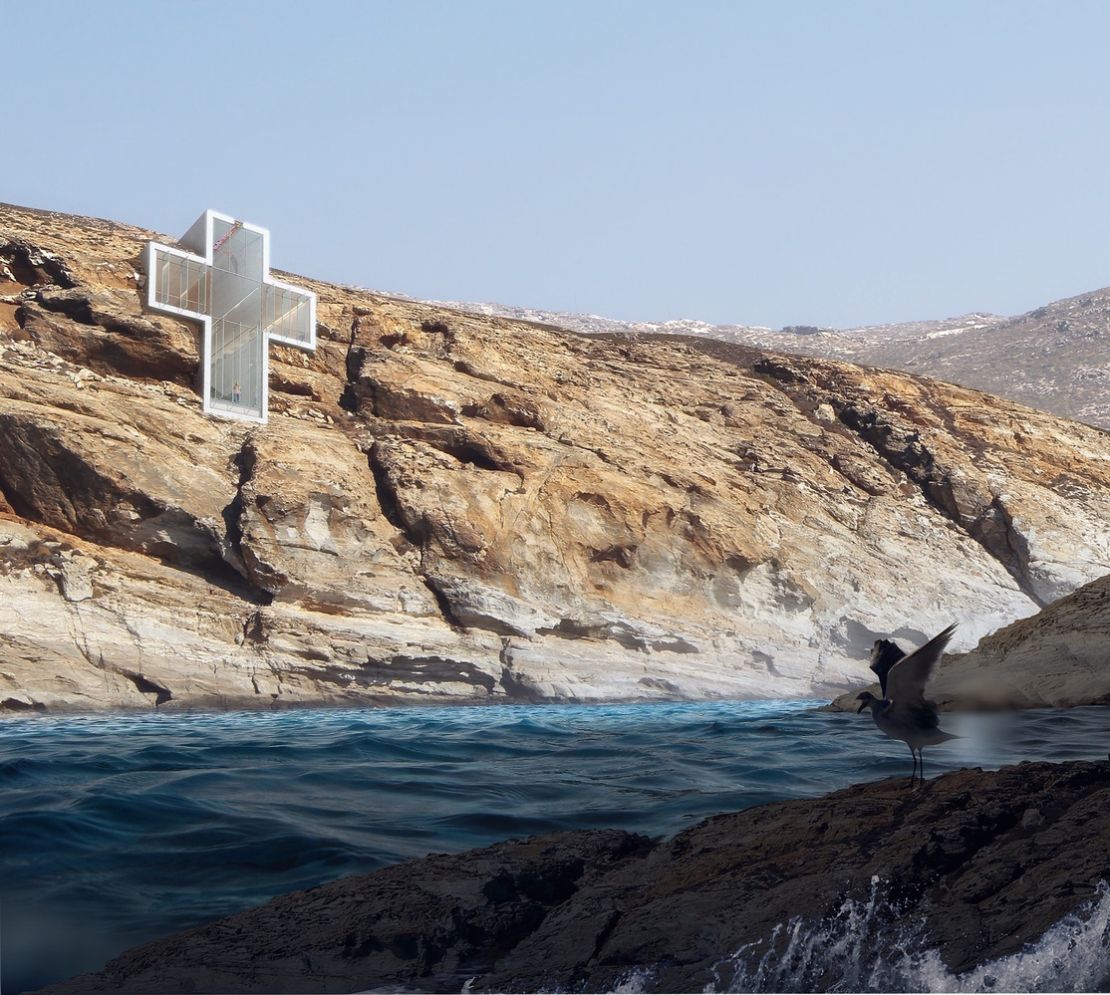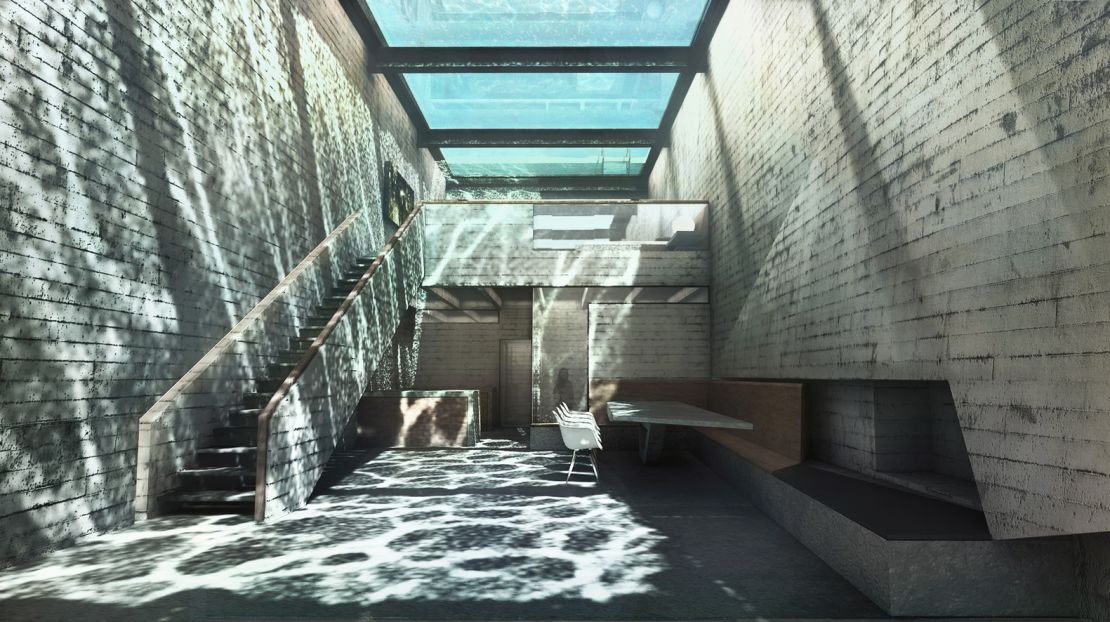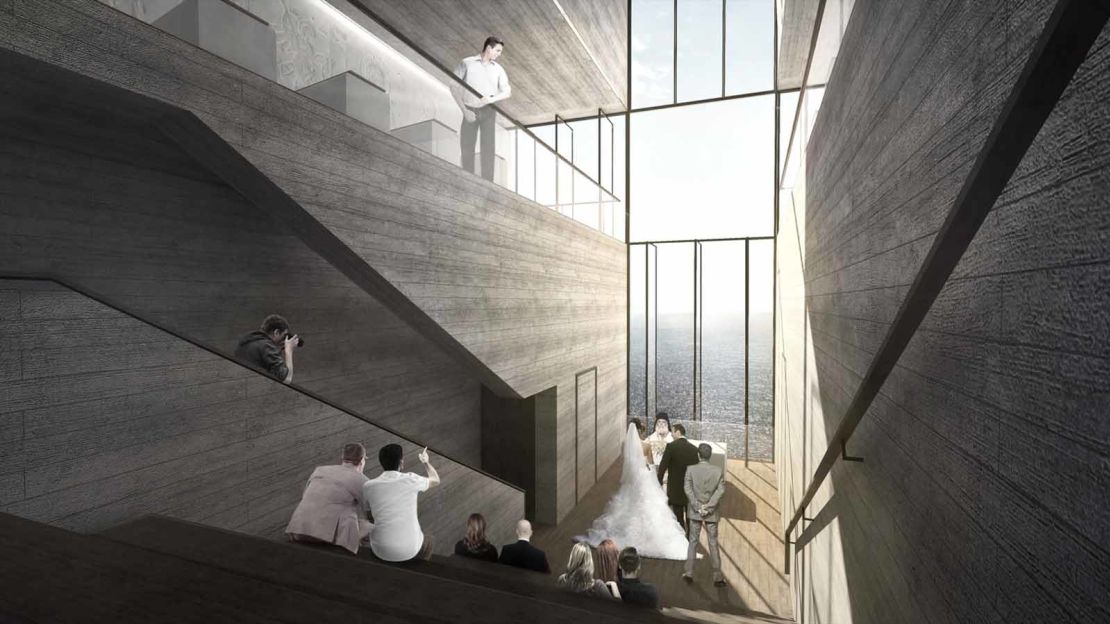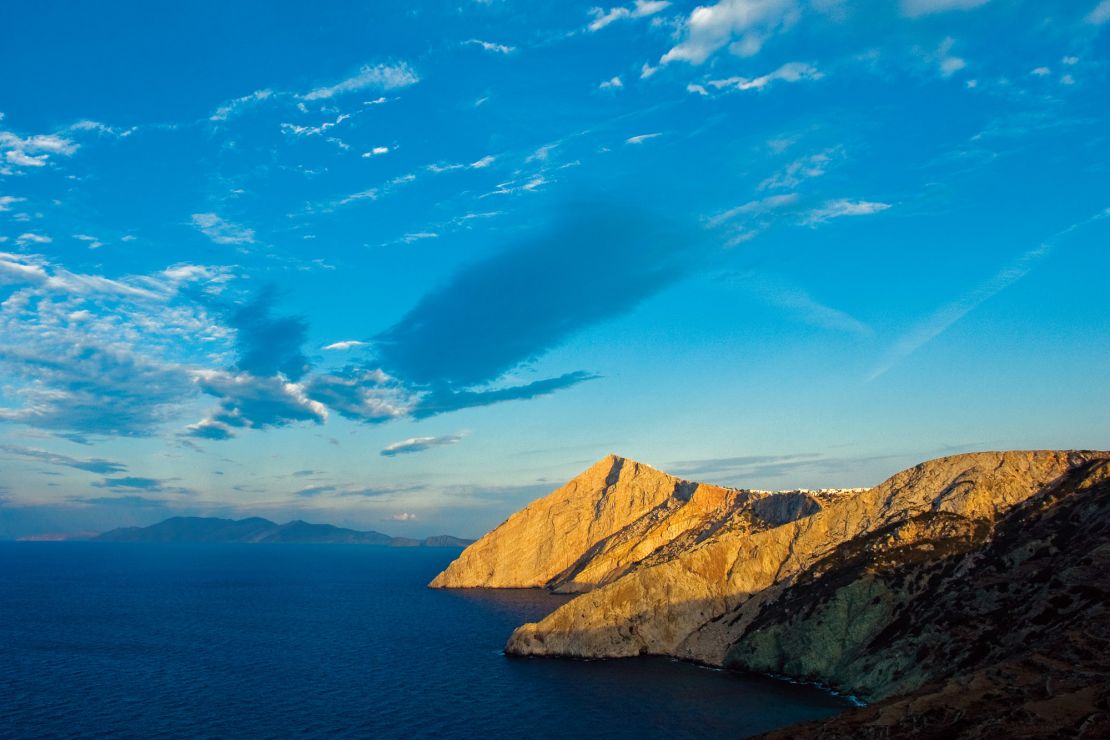Story highlights
Open Platform for Architecture (OPA) has conceived of three underground designs, including a chapel
Gallery features OPA's Terra Mater Trilogy concepts, as well as underground designs by architects from around the world
Netherlands-based firm Open Platform for Architecture (OPA) is breaking conventions by building into the earth, rather than above it. To date, OPA has already conceived of three promising underground designs – The Plinth, The Holy Cross and Casa Brutale – collectively named the Terra Matter Trilogy.
Terra Mater Trilogy: Three buildings exploring the unseen world
The Plinth was designed to be a cultural center in Bamiyan Valley, Afghanistan as part of a competition. The Holy Cross, if built, would be a place of worship. The third vision, Casa Brutale, was commissioned after images for the house wedged into a cliff, went viral online. It will eventually be located in Lebanon.
So, what’s the attraction of life underground? CNN Style speaks to Laertis Vassiliou, cofounder of OPA, about the future of architecture.
CNN: Architects these days are exploring more diverse landscape opportunities, designing for example, projects located underwater, in the forest, in the air, and so on. What inspired you to go underground?
Vassiliou: Underground architecture has been around since the medieval times, and longer. People lived in caves, and dug holes to build houses. It’s not something new. I wrote a thesis on underground buildings and their past at the National Technical Institute of Athens in 2006.

But that [the thesis] is what got me interested in what was still unexplored when building underground, and the right opportunity came with the Bamiyan Cultural Center in Afghanistan. I wanted go back to the roots, back to earth to see what happens. So I went down and placed the building inside the earth instead of above it.
CNN: What are the benefits of living underground?
Vassiliou: There are many benefits, although I believe that we still cannot exploit it fully. There are benefits of earth’s thermal insulation, and you can also be protected from harmful environmental issues like UV [ultraviolet waves].
It is very safe, unless you are in a very seismic continent. There is also the negative perception that people already have of this underground world and the darkness that comes with it, so there’s functional benefits versus psychology.
CNN: Living underground often has a dark and eerie connotation. What elements did you put in in your design to make these underground structures more appealing?
Vassiliou: People hate underground architecture because humans are meant to live on earth, not inside earth. My ambition through this trilogy was to reconsider underground architecture and make people love it.
For Casa Brutale, I put a large façade towards the stunning view and the light reflecting onto the pool water creates an aquarium-like feeling. Enough playful light makes it more atmospheric and transcendental.

CNN: Was the chapel of the Holy Cross harder to design than the other two because you had to consider religious elements? What religious design elements did you include?
Vassiliou: Mainly it’s the cross. The cross as a typology or as a shape has been a very popular shape in designing churches, but making a façade and organizing the space into an extruded cross was very challenging. I also built religious iconography into the concrete, but the whole space is pure and is just focused on the atmosphere.

CNN: Your second underground project, Casa Brutale, became an internet sensation. And the project will eventually be built. What’s the latest on this?
Vassiliou: It’s been a very exciting ride but I could never say that it’s been a smooth journey. We worked really hard with the press because for the idea to come true, ideally it’d have to become an internet sensation. So I told my design team, ‘If Kim Kardashian can break the internet with a picture of her butt, we can do it with some interesting architecture, too.’ Since then, we’ve had a lot of new projects and clients and it’s going well.
CNN: Were your renderings and the surrounding landscape based on an actual place on earth, or did you just picture a cliff when you conceived of its design?
Vassiliou: I pictured breathtaking cliffs by the Aegean sea, and Greek islands in the Cyclades. Folegandros and Serifos are the actual places where I rendered. They are very beautiful places with or without my building.

CNN: How do you think this project will impact people and the contemporary architecture scene? What do you hope to achieve through the Terra Mater Trilogy?
Vassiliou: In architecture, usually a client visits the architect and commissions a project. But I first designed a building that could be placed in some places, and found a client later. That was a big bet for myself, but it worked. People can now work and become known for what they can do, not for what they have done for other people and companies. I’ve seen many interesting projects hitting the internet and it’s awesome that people are going for their inspirations.
CNN: All three projects seem to have Brutalist style characteristics. Why?
Vassiliou: I love concrete. I decided to pay a tribute to Brutalism with the Terra Mater trilogy because it was a very sincere and honest movement and phase of architecture. But I wouldn’t go much further into that. I like modernism, big façades, and minimalism.
CNN: What’s next for OPA?
Vassiliou: I am trying to avoid having a signature architecture. I said no more underground buildings otherwise I’ll get a new nickname – like ‘mole.’ It will be interesting to work on high rise buildings which I am very keen on. I’d like to continue as a minimalist and work with simple, pure, and honest materials like light, water, and reflections.

































